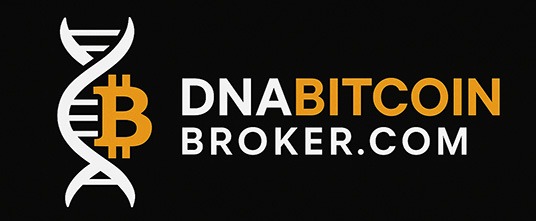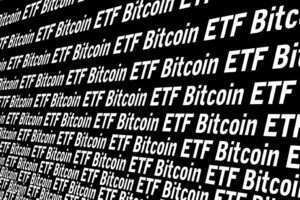“If Bitcoin built the bridge, XRP might be the network that runs across it.” – DNA Crypto Knowledge Base.
In 2025, the world of digital assets is entering its next institutional phase.
After the success of Bitcoin and Ethereum ETFs, the spotlight has shifted to XRP — the blockchain designed not for speculation, but for speed, liquidity, and settlement efficiency.
As cross-border finance evolves, institutions are asking a new question:
Could XRP’s global payment infrastructure finally gain recognition in traditional markets through the launch of XRP exchange-traded funds (ETFs)?
Learn more: Institutional Tokenisation
Why XRP Matters to Institutions
Unlike Bitcoin or Ethereum, XRP wasn’t built as a store of value or smart contract platform. It was designed for instant cross-border payments — solving the decades-old inefficiency of international money transfers.
Through RippleNet, banks and financial institutions use XRP as an on-demand liquidity bridge, enabling:
– Instant global settlements without pre-funded accounts
– Low-cost remittances compared to SWIFT and correspondent banking
– Programmable transaction routing through blockchain messaging
In short, XRP does for payments what Bitcoin did for decentralisation — it redefines speed, trust, and interoperability.
Explore: Global Impact of MiCA
Why Institutions Are Interested
The institutional case for XRP rests on its utility-first design and banking partnerships.
1. Global Settlement Speed
Transactions settle in 3–5 seconds, far outpacing traditional systems and most blockchain competitors.
2. Cost Efficiency
Average transaction costs remain below $0.001—an attractive feature for institutions managing high-frequency settlements.
3. Regulatory Maturity
Following years of scrutiny, Ripple’s transparent engagement with regulators positions XRP as one of the most compliant large-cap assets.
4. Strategic Partnerships
RippleNet now connects over 300 financial institutions worldwide, from regional banks to remittance giants like Santander and Tranglo.
MiCA and the European Advantage
Europe continues to lead the global charge toward regulated crypto finance.
Under the Markets in Crypto-Assets (MiCA) framework, XRP operates in full compliance as a transferable digital asset used for payments and liquidity management.
MiCA provides:
– Legal certainty for issuers and brokers.
– Defined custody and reporting obligations.
– Clear rules for digital asset investment vehicles such as ETFs.
This environment gives Europe — and firms like DNA Bitcoin Broker — a head start in offering XRP-related investment products and regulated institutional trading services.
See: MiCA and Investor Protections
Cross-Border Liquidity and Tokenised Payments
As tokenisation transforms capital markets, XRP’s On-Demand Liquidity (ODL) model is now being tested for tokenised fiat settlements and institutional liquidity hubs.
– Financial institutions can bridge national currencies via XRP without holding pre-funded accounts.
– Smart contract integrations are extending ODL into stablecoin and CBDC networks.
– Ripple’s partnerships with central banks in Asia and the Middle East signal global scalability.
In short, XRP is quietly becoming the interoperability layer for multi-asset digital settlements.
Learn more: Crypto Custody Solutions
DNA Bitcoin Broker: Connecting Institutions to the XRP Ecosystem
At DNA Bitcoin Broker, we help institutions access and understand the infrastructure behind XRP and digital payment networks.
Our services include:
– MiCA-aligned brokerage for XRP and major assets
– OTC trading with preferential pricing and low market impact
– Custody and settlement solutions for institutional clients
– Strategic advisory on tokenised payment integration and treasury diversification
We operate where compliance meets innovation — helping financial institutions adopt digital payment technologies with full regulatory confidence.
Read: DeFi and MiCA Regulation
The Bottom Line
XRP’s story is shifting from controversy to credibility.
With regulatory clarity, proven payment adoption, and growing institutional curiosity, the prospect of an XRP ETF is more than speculation — it’s strategy.
For investors, this marks the transition from digital assets as stores of value to blockchain networks as infrastructure investments.
And as the lines blur between banking and blockchain, XRP could be the currency that finally connects them.
Image Source: Envato Stock
Disclaimer: This article is for informational purposes only and does not constitute legal, tax, or investment advice.












